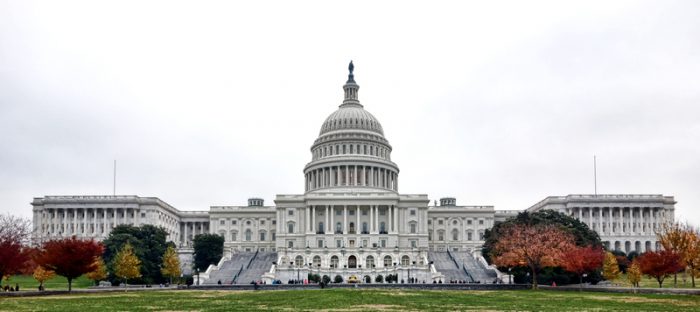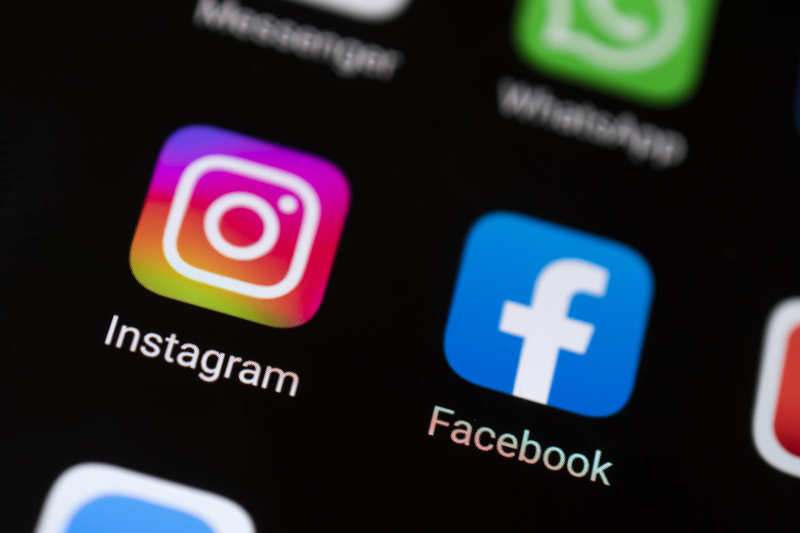You may have heard about events in the United States recently. And we know it might be confusing. That's why we are here with a brand new feature: OWL FAQ! (That's Frequently Asked Questions, by the way.)
In these stories, we'll take a current situation, movement, or event and discuss common questions that surround it. Let's get started.
What is the situation?
A mob of Trump supporters overtook the US Capitol on January 6. (Getty Embed)
In exactly one week—January 20—the United States will inaugurate, or officially transfer power to, a new president: Democrat Joe Biden. Typically, this is a day when crowds head to the country's capital, Washington, DC, to celebrate a new leader's arrival. But on January 6, crowds came to Washington ahead of schedule—and the mood was not one of celebration. They were there to protest the results of the recent 2020 presidential election. And that was only the start.
Protest is not new to Washington, or America. It is actually a vital part of the country's history and politics. In recent years, we've discussed marches for black rights, respect for science, and women's rights. But last week, many of those who came to Washington were not interested in peaceful protest on the city streets. Instead—after attending a rally led by the outgoing Republican president Donald Trump—a mob attacked and invaded the United States Capitol. At this moment, the protest crossed into something very different.
Why did this occur? And what happens next? Time to try to answer that.
What is the United States Capitol?
The US capital city is Washington, DC. The structure there is known as the Capitol Building. This is the building where Congress meets, also known as the legislative branch of the government—they are the people who decide the laws and policy (actions) for the country. Congress is made of two groups of elected representatives: the Senate and the House of Representatives.
Why target that building?
Congress voting to certify Joe Biden as the next president. (Getty Embed)
On January 6, Congress was meeting in the US Capitol Building to certify (officially approve) Biden as the winner of the 2020 election. Normally, this act is just a formality—a ceremonial duty that doesn't get much attention.
But since even before Election Day—November 3, 2020—President Trump had been telling followers that the election was 'rigged', or unfairly designed against him, and that is why he lost to Joe Biden. After the election was over, his messages grew, often calling it a 'stolen election'. These claims angered many of his followers. They believe that Trump in fact won but was the victim of an unfair election. By attacking the Capitol, they were hoping to stop the certification of Biden and to scare those who support him.
Was the election rigged?
No. Despite numerous lawsuits filed, Trump and his legal team has been unable to prove any of their claims of voting fraud (illegal or faked votes or voting practices). The claims have been refuted by many judges, as well as state politicians from both parties (Democrat and Republican).
Over and over, the message has been very clear: In a free and fair election, Joe Biden was the winner.
Was what the mob did illegal?
Law enforcement is currently investigating the riot and much of the Capitol Building is being treated as a crime scene. (Getty Embed)
Yes. And many are currently being identified, arrested, and charged in the aftermath of the attack. The US Capitol is a very important part of American government. It has not been attacked this way since the British Army did so in 1814. And while some of those in the mob appeared more interested in taking selfies and vandalizing the building, evidence is appearing that many of the attackers were planning to take elected officials as hostages and worse.
Fortunately, this did not occur. But given the events on January 6, many are calling for the group to not be seen as protesters, but as terrorists. A terrorist is a person or group who seeks to use violence to intimidate people into meeting certain demands.
What is sedition?
Part of the crowd at President Trump's rally before the riot occurred. (Getty Embed)
You may have heard the word 'sedition' being mentioned. This is either conduct (behaviour/actions) or speech (words) that encourages people to rebel against an authority, such as a ruler or government. Sedition is being used to describe the words and actions of President Trump, as well as others in his circle. In short, people believe that his words, even if they were not based on truth, encouraged a level of anger in his followers that led to their desire to violently overthrow the officials that supported Biden as the winner.
In particular, on January 6, Trump's rally speech was full of references to march upon the Capitol to put pressure upon Congress and reclaim the 'stolen election'. Also before Trump spoke, his lawyer, Rudy Giuliani, told the same crowd that there should be "trial by combat".
Why was Trump banned from Twitter and other social media?
Even before his time as president, Trump often used Twitter to communicate with those who supported him. But while freedom of speech is very important and protected by law, one exception is when that speech is used to start violence or spread dangerous lies. For weeks now, Twitter was flagging many Trump tweets as misleading or was deleting them because they were false.
On the evening of the riot, Twitter went further. They blocked him for 12 hours because they felt that his tweets had led directly to the violence. Two days later, they banned him permanently from the service.
After close review of recent Tweets from the @realDonaldTrump account and the context around them we have permanently suspended the account due to the risk of further incitement of violence.https://t.co/CBpE1I6j8Y
— Twitter Safety (@TwitterSafety) January 8, 2021
Other platforms, including Facebook, Snapchat, and Instagram, banned this account as well.
Why use impeachment (again)?
House Speaker Nancy Pelosi is one of the politicians leading the charge to have Trump impeached. (Getty Embed)
Meanwhile, fearing more violence, Democrats in the House have been trying to get Trump removed as president immediately instead of waiting until next week when Joe Biden officially becomes president. On Monday, they introduced articles of impeachment against him. Impeachment is the removal of an elected official from office because they have committed 'high crimes and misdemeanours'. (Read more about it here.) But why impeach a president who will be leaving in a week? Especially one who was already impeached once in December 2019?
Already impeached, but still in office? Hold on, this one is particularly confusing. Impeachment only refers to what the House decides. For it to actually lead to someone's removal, it then has to be approved by the Senate. In 2019, that did not happen. But many believe that because the attack on the Capitol was so troubling, this time the Senate would approve impeachment.
Many politicians feel that impeaching President Trump would send the message that what he did will not be tolerated. His actions and words would be labelled as seditious, and it could lead to another vote in Senate where he could be banned from running for office ever again.
What happens next?
As impeachment proceedings continue, law enforcement agencies in the US are warning of additional attacks in the near future. This includes not only targets in Washington, DC, but in state capitals across the US.
Above all, there is a concern over the inauguration of Joe Biden next week. Traditionally, this ceremony is held on the steps of the US Capitol, in public. But will they move to a safer location?
All eyes will be on the country as it enters one of its most significant weeks in its history.
 The United States Capitol was the site of a major political event last week. (Photo
The United States Capitol was the site of a major political event last week. (Photo 









By now, Trump should just accept defeat.
Why would someone want to hold power so much as to kill a few people? He is turning it into a monarchy!